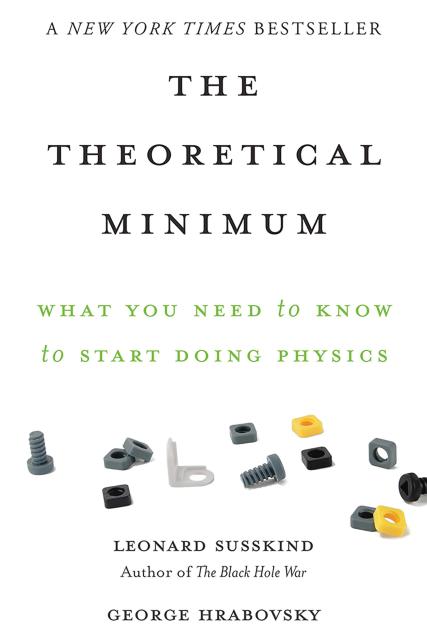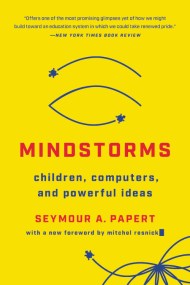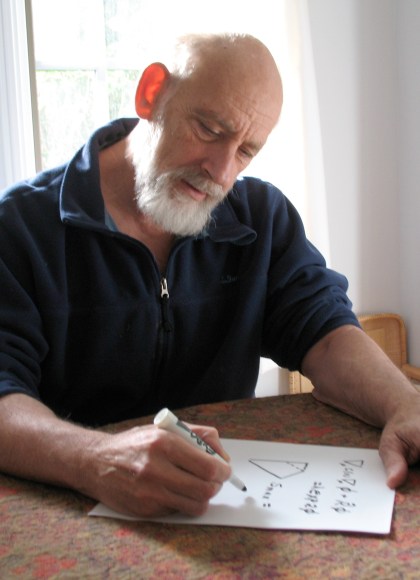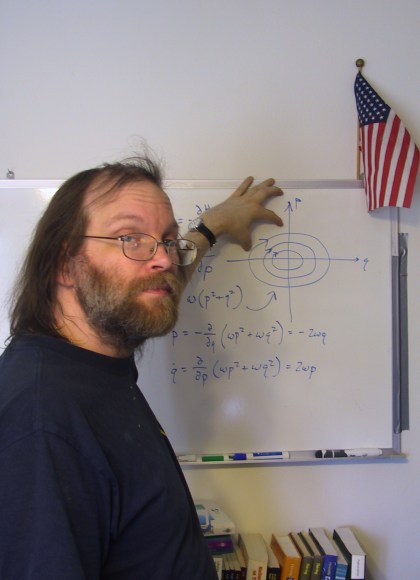Promotion
Use code MOM24 for 20% off site wide + free shipping over $45
The Theoretical Minimum
What You Need to Know to Start Doing Physics
Contributors
Formats and Prices
Price
$12.99Price
$16.99 CADFormat
Format:
- ebook $12.99 $16.99 CAD
- Trade Paperback $18.99 $24.99 CAD
This item is a preorder. Your payment method will be charged immediately, and the product is expected to ship on or around April 22, 2014. This date is subject to change due to shipping delays beyond our control.
Also available from:
"Beautifully clear explanations of famously 'difficult' things," — Wall Street Journal
If you ever regretted not taking physics in college — or simply want to know how to think like a physicist — this is the book for you. In this bestselling introduction to classical mechanics, physicist Leonard Susskind and hacker-scientist George Hrabovsky offer a first course in physics and associated math for the ardent amateur. Challenging, lucid, and concise, The Theoretical Minimum provides a tool kit for amateur scientists to learn physics at their own pace.
Genre:
- On Sale
- Apr 22, 2014
- Page Count
- 256 pages
- Publisher
- Basic Books
- ISBN-13
- 9780465038923
Newsletter Signup
By clicking ‘Sign Up,’ I acknowledge that I have read and agree to Hachette Book Group’s Privacy Policy and Terms of Use












